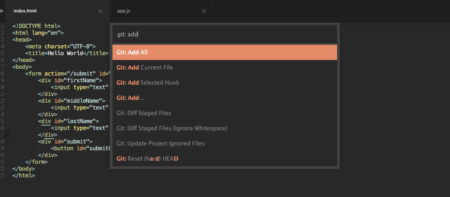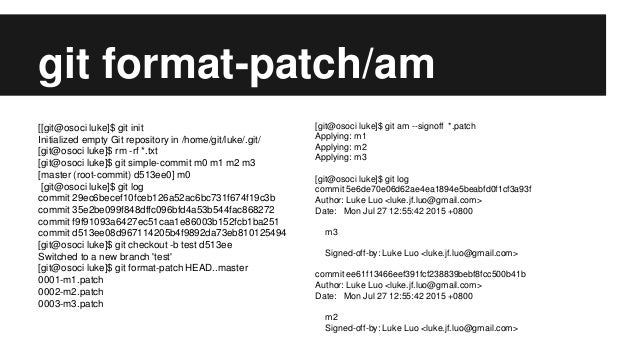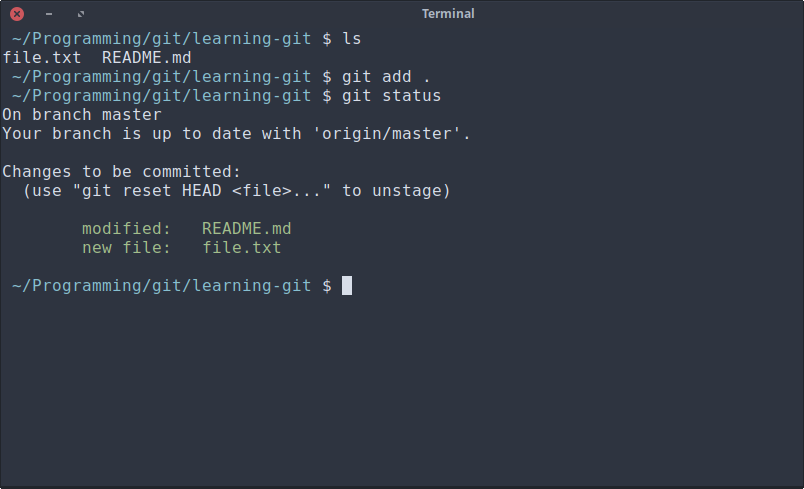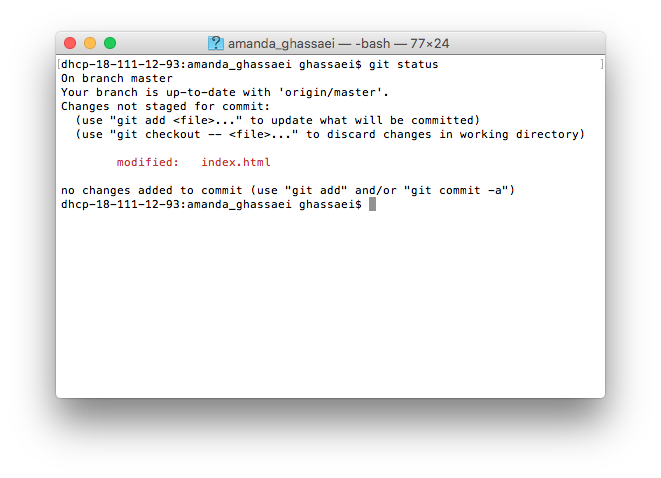

We'll also use git status for a quick review of the staging area. We can git add a folder or specific file by simply specifying the path after git add. Now, let's write and save some text inside file2.ext, and stage those changes. Let's give that a try with our previous example working tree version: $ git branch updatefile Using git add often comes after creating a new branch and checking it out, then making changes to one or more files. git add -p : Use an interactive mode to choose which hunks of changes to stage.: Stage all files and directories in the working tree unless specified otherwise in. git add : Use git add to stage a specific file or directory.Using git add is straightforward in most cases. You can run a diff command like git diff -staged to see the differences between your staged changes and the last commit, to see if it makes sense before you commit. The staging area allows you to focus in on each individual change prior to making the decision to commit or not. Prior to making commits to a repo, it's common to review the changes first. However, the staging area allows us to make this small change in our current branch, and only stage and commit the small fix while leaving our other changes untouched for a separate stage. A typical approach is to make a new branch for this fix. You may be in the process of making multiple changes to a repo, and receive an unrelated request to fix a small bug. In this way we can commit the bits of changes within a file that we need, instead of all the changes in the file at once.
GIT ADD ALL MODIFIED FILES CODE
The -patch option git add -p allows us to interactively choose which chunks of code to stage for a commit, allowing us to break our commits up into more reasonable sizes. To stage and commit everything at once is contrary to our goal of leaving an easy to read history of our project's evolution. Sometimes, we lose track of progress in the midst of coding and end up with a large amount of code changes that need to be committed. Here's a few examples of when and why the staging area can be helpful: There are many instances where the staging area comes in handy, and in some ways it may even be helpful to think of it as a rough draft for your commits. But what's the point? Why doesn't Git allow us to simply commit all changes to our repo in one fell swoop? The Staging AreaĪs we've mentioned already, the staging area - also known as the staging index - is where Git puts our changes prior to committing them to the repo.


This gives developers more flexibility and control over the history of your codebase. It's good practice to stage and commit in small chunks as you code. We can break up a large collection of changes into multiple smaller stages and commits. It's a wise choice to use git add and git commit often. The git commit command will output basic info about which files were committed from the staging area into the Git repo. Notice the output - git add doesn't actually give us any output unless an error is thrown. Initial commitģ files changed, 0 insertions(+), 0 deletions(-)

We'll use this working tree in examples throughout the article: git-add-ex/Īfter initializing this repo with git init, we can then stage all working tree files and make our initial commit using the following commands: git add. However, one of the advantages of distributed systems like Git is that all of this can be done locally with no internet.īefore digging into the details of git add, let's take a look at a basic example of staging some changes in a mock Git repo. Older version control systems like SVN (Subversion) required an internet connection to add and commit changes back to the central repository. The git add command can be used to stage one file, multiple files, or stage changes in an entire directory. All file changes must be staged before they can be committed, and git add is the tool we use to add file contents into Git's staging area.
GIT ADD ALL MODIFIED FILES UPDATE
Staging is used to track new files in Git and update existing files. The staging area is a temporary holding location for adding changes before actually committing them to the repository, and eventually pushing them to a central repository. One unique feature of Git that sets it apart from other version control systems is the staging area. Git is a feature rich version control system used by programmers for tracking changes made to code files.


 0 kommentar(er)
0 kommentar(er)
